A Tale of Two Cities: Buda and Pest
Halloween weekend was a long weekend for us so I went on a short trip to three capitals: Vienna, Budapest and Bratislava. I didn’t expect to be able to roam around a lot in these places (given the time constraints), but Europe has a knack of proving me wrong, every single time. Every minute of this short trip was made worthwhile by the vast history, architecture and natural beauty these places had to offer.
We spent a lot of time in Budapest, the capital and the most important city of Hungary. In the past, the Danube river, which is the second largest river of Europe (it flows through 10 countries!) divided Buda and Pest into two separate cities. In 1837, Budapest became a single city. Seven bridges provide crossings over the Danube, the most famous one being the Chain Bridge. It was the first bridge built to connect the hilly Buda and the flat Pest. Bollywood fans might recognize this bridge from “Hum Dil De Chuke Sanam” (the climax was shot at this bridge).
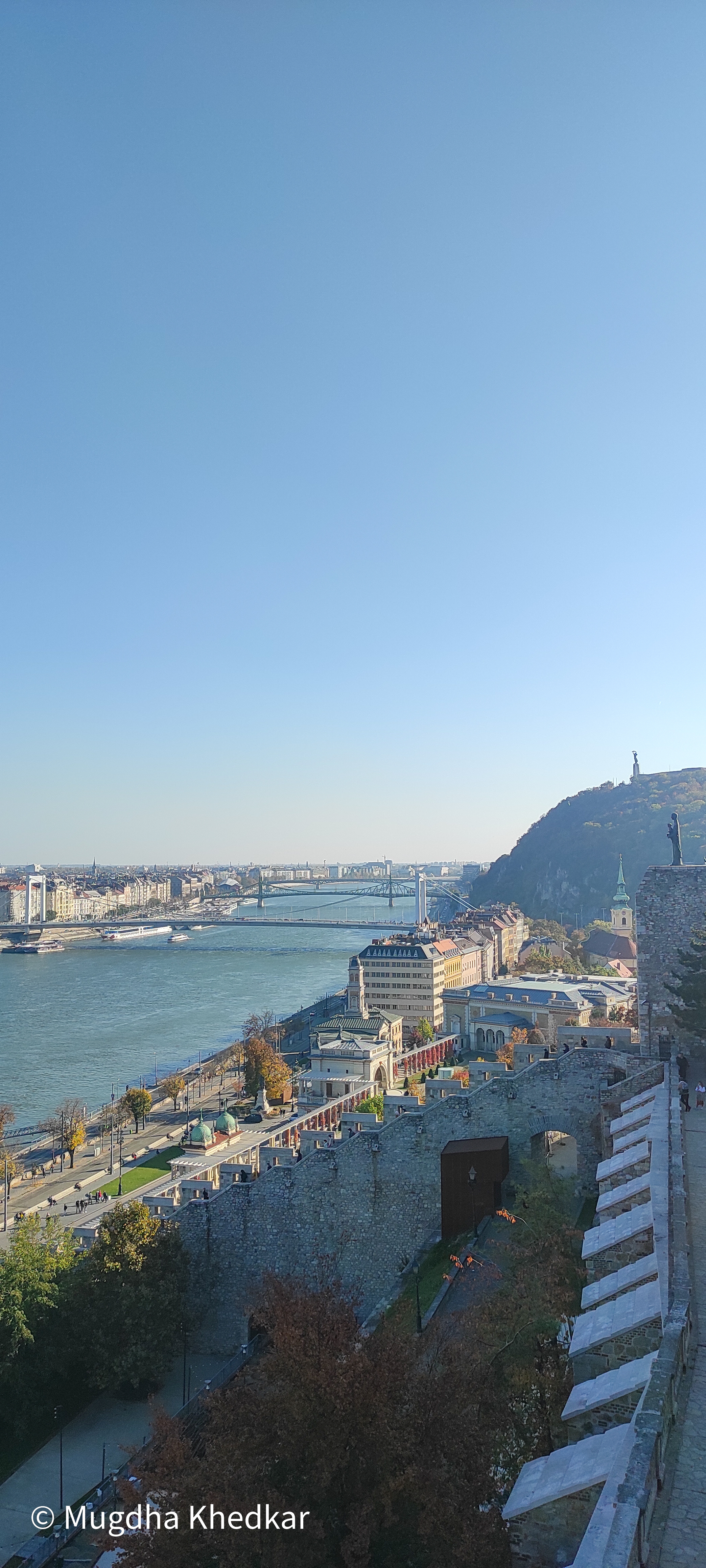
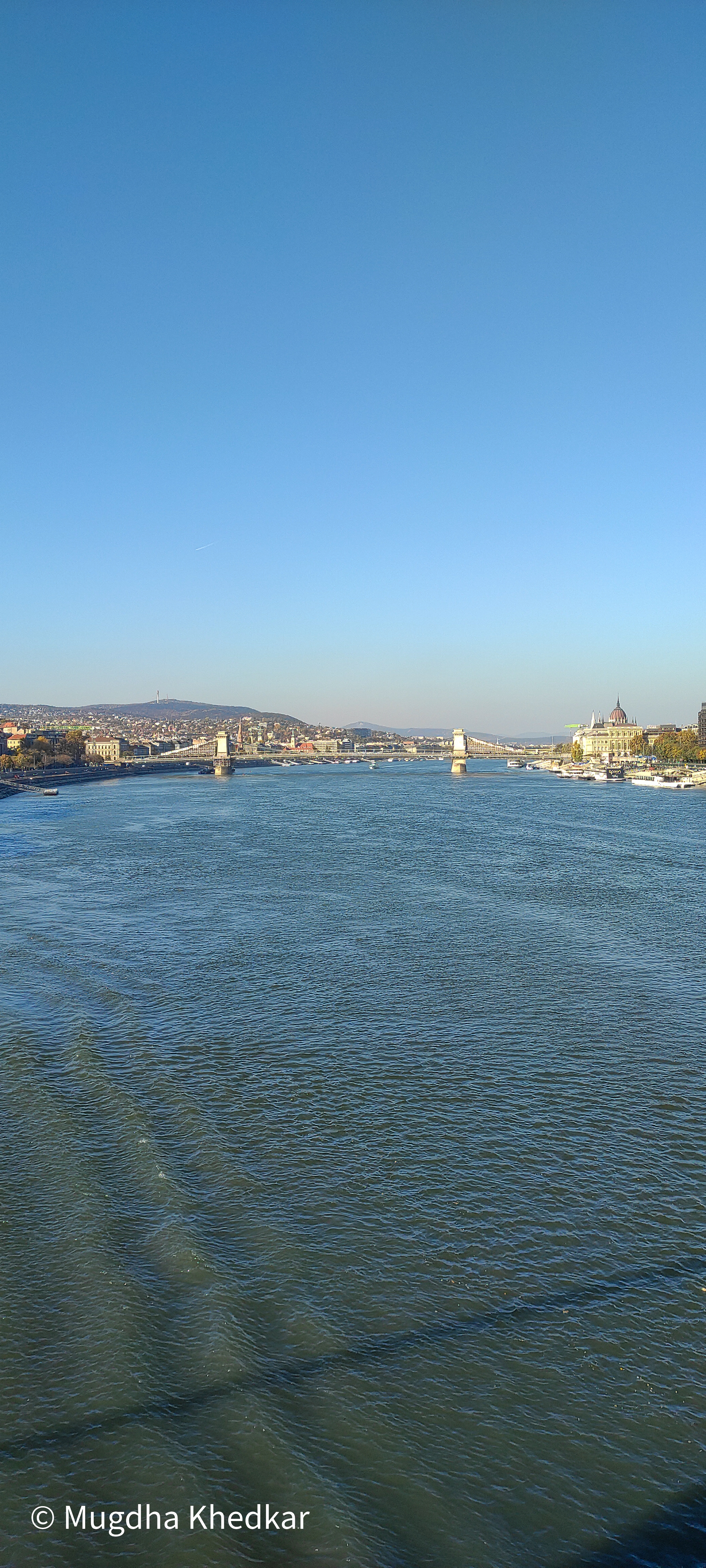
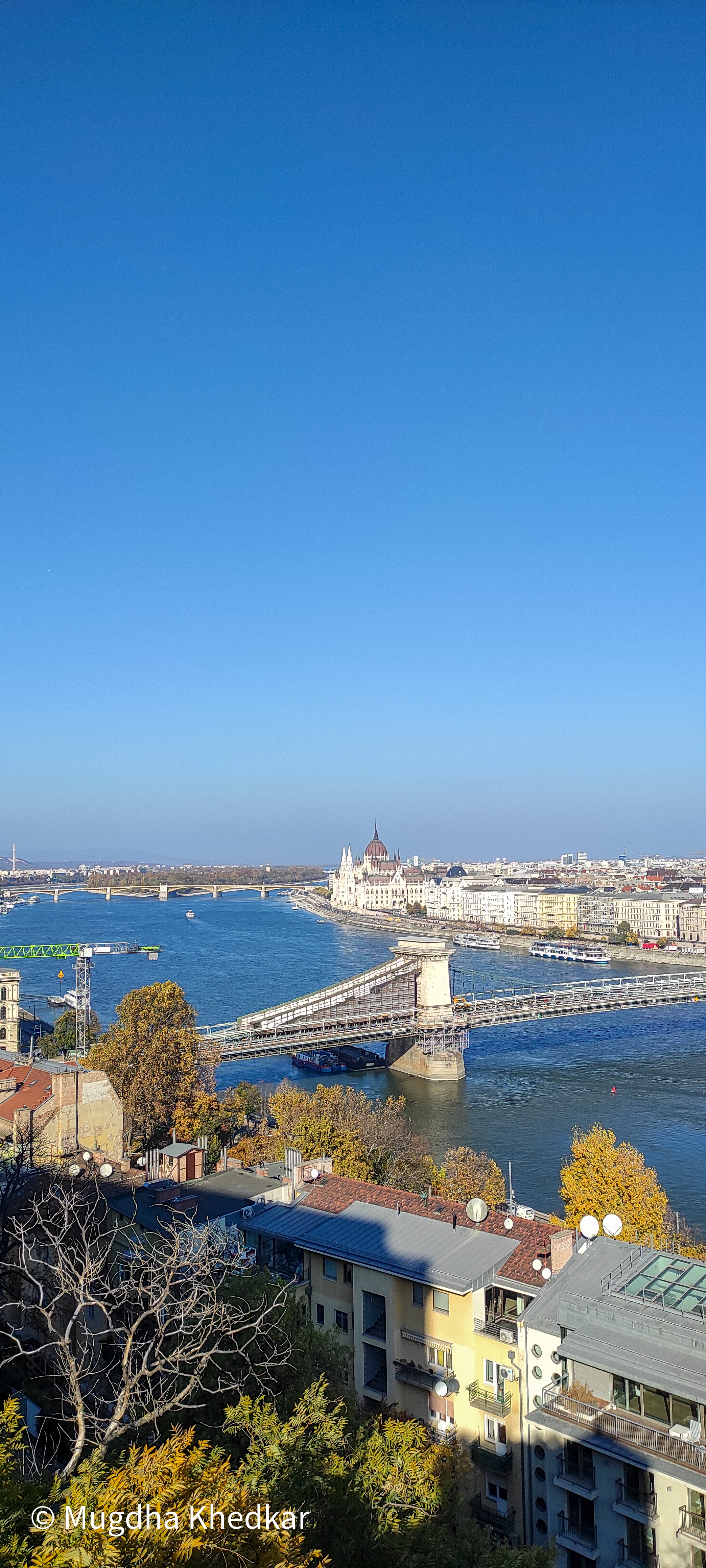
Left to Right: Buda, river Danube and the Chain Bridge connecting Buda to Pest
Like most other cities in Europe, Budapest also has a castle atop the Castle hill on the Buda side of the city. It was constructed in the 14th century and is one of the UNESCO World Heritage Sites. It is home to various museums and government organizations. It suffered damage several times during wars. In the words of our tour guide, “Hungary has constantly been under attack hence a lot of Budapest had to be reconstructed. Some reconstruction is still going on and you might see a new Budapest if you visit again in two years!” The view from the castle was beautiful, but I suddenly noticed how different Budapest looked from all the German towns I have visited so far (yes, I love German half-timbered houses!).
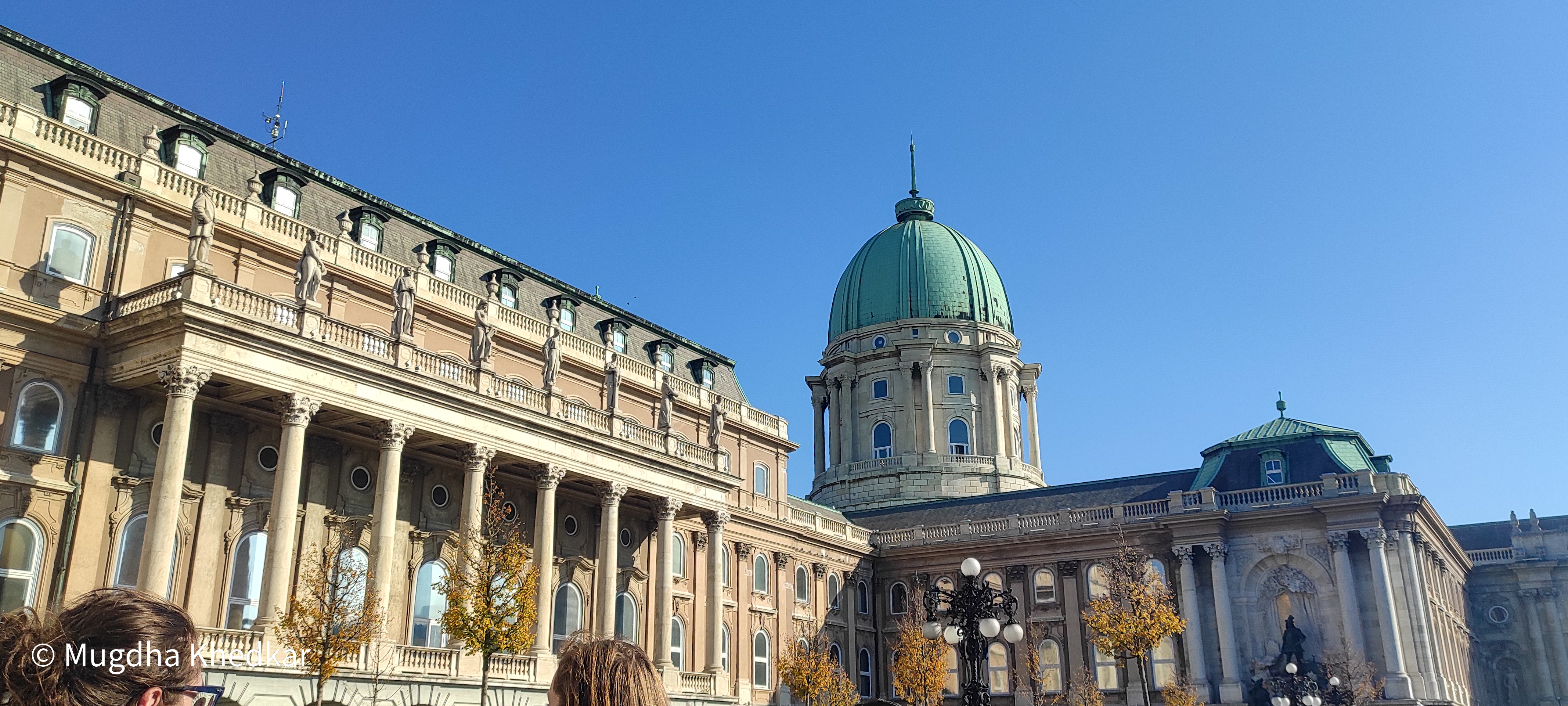
The castle of Buda
A visit to Buda isn’t complete if you haven’t seen the historic Mathias Church, one of the most unique churches in Europe. It was founded in 1015 by the first Hungarian king and was used for centuries as a coronation site by Hungarian kings. The current building was constructed in Gothic style in 14th century and was extensively restored in the late 19th century. St Stephen statue in front of the church represents the first king of Hungary wearing the coronation mantle and a crown. Here I learnt something very interesting: church bells ring everyday at noon in all churches of Europe. Our Hungarian tour guide explained, “The Ottoman Turks tried to crush Hungary during the Siege of Belgrade in 1456. Had they won that, Europe would have been ruled by the Ottomans making it an Islamic continent. Hungarian soldiers showed splendid courage and won the siege. So, church bells have rung for Hungary ever since 1456, commemorating the heroism of Hungarian and Serbian soldiers.” The pride in his voice was unmissable.
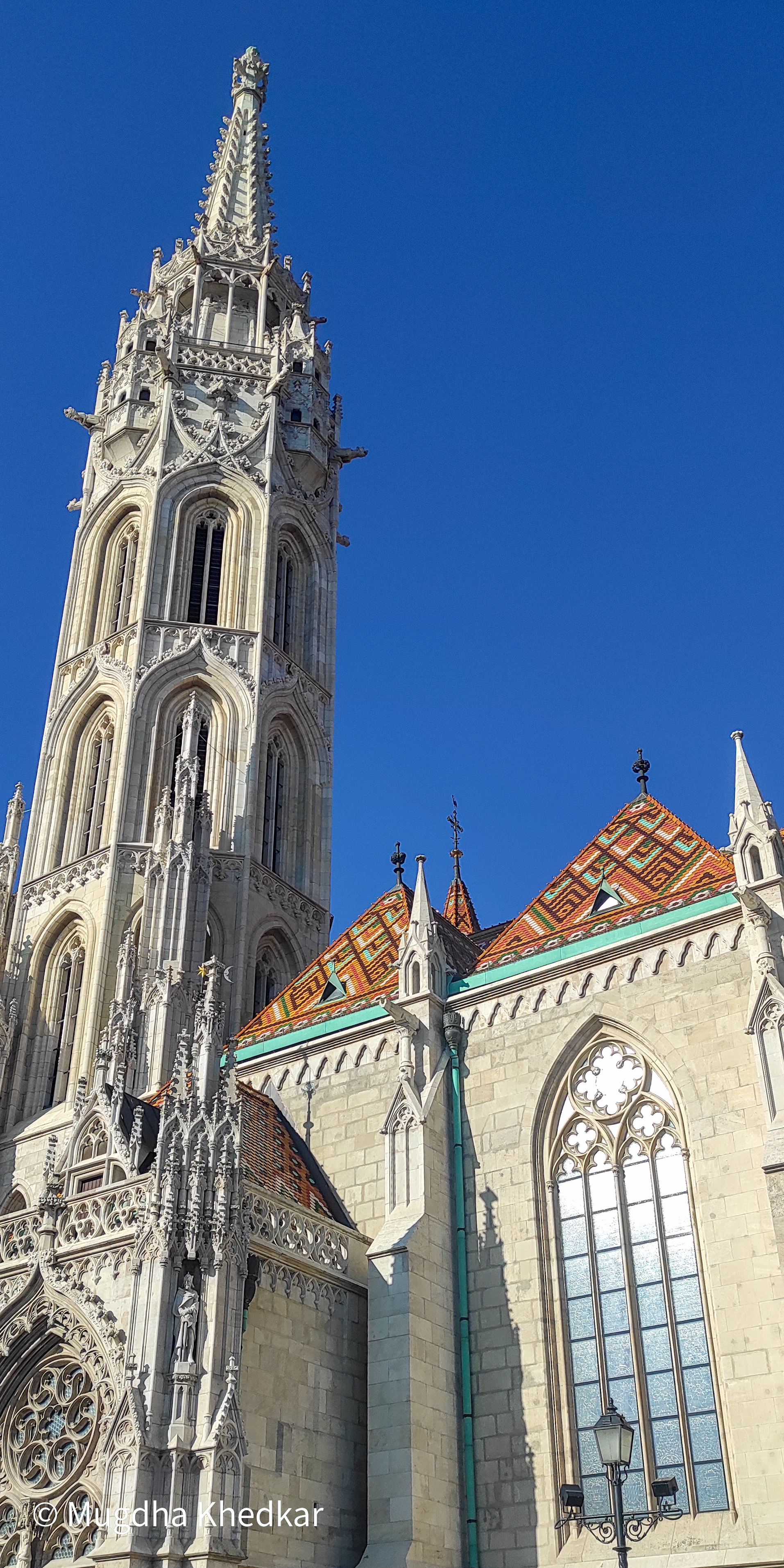
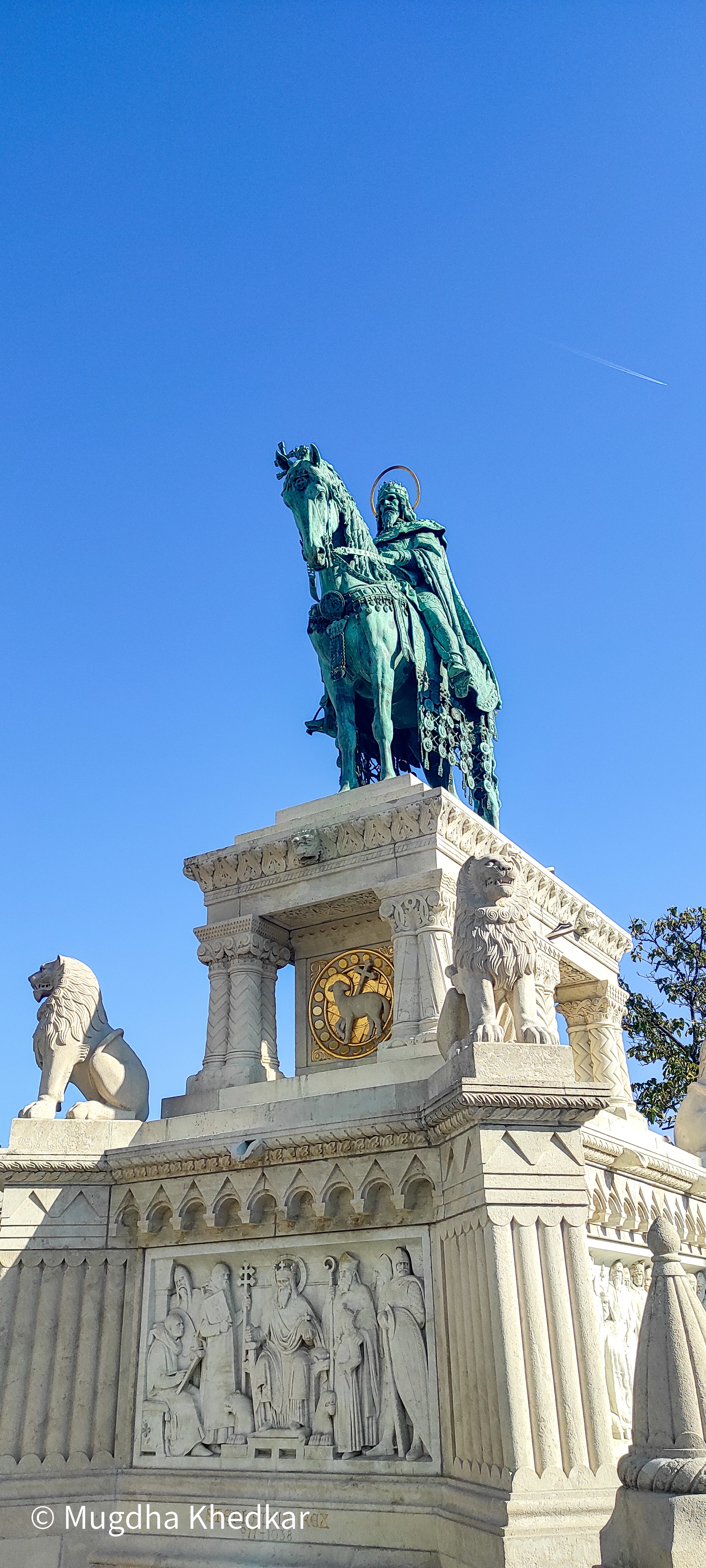
Left to Right: Mathias Church and St Stephen Statue
Right in front of this church is the plague column. It was erected in 1713, at a time when four outbreaks of plague had swept over the city. The dead could not be buried separately - this column was built as a memorial to those buried in mass graves. It was constructed from the superstitious belief that people had survived because of divine intervention. The plague columns have existed in central Europe for centuries but only a few know the history behind these stone structures. I also visited Vienna and Bratislava in this trip and was greeted with similar columns near the city centre.
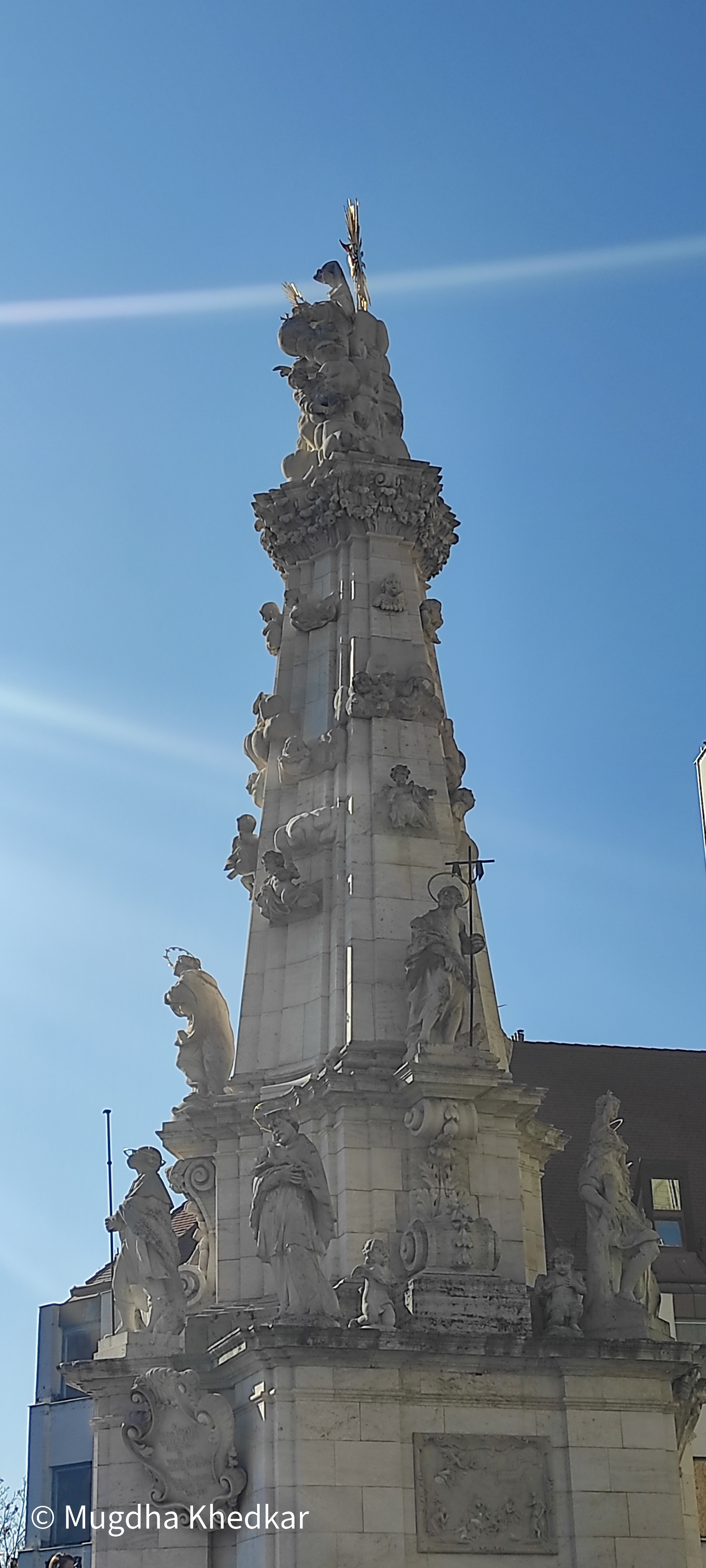
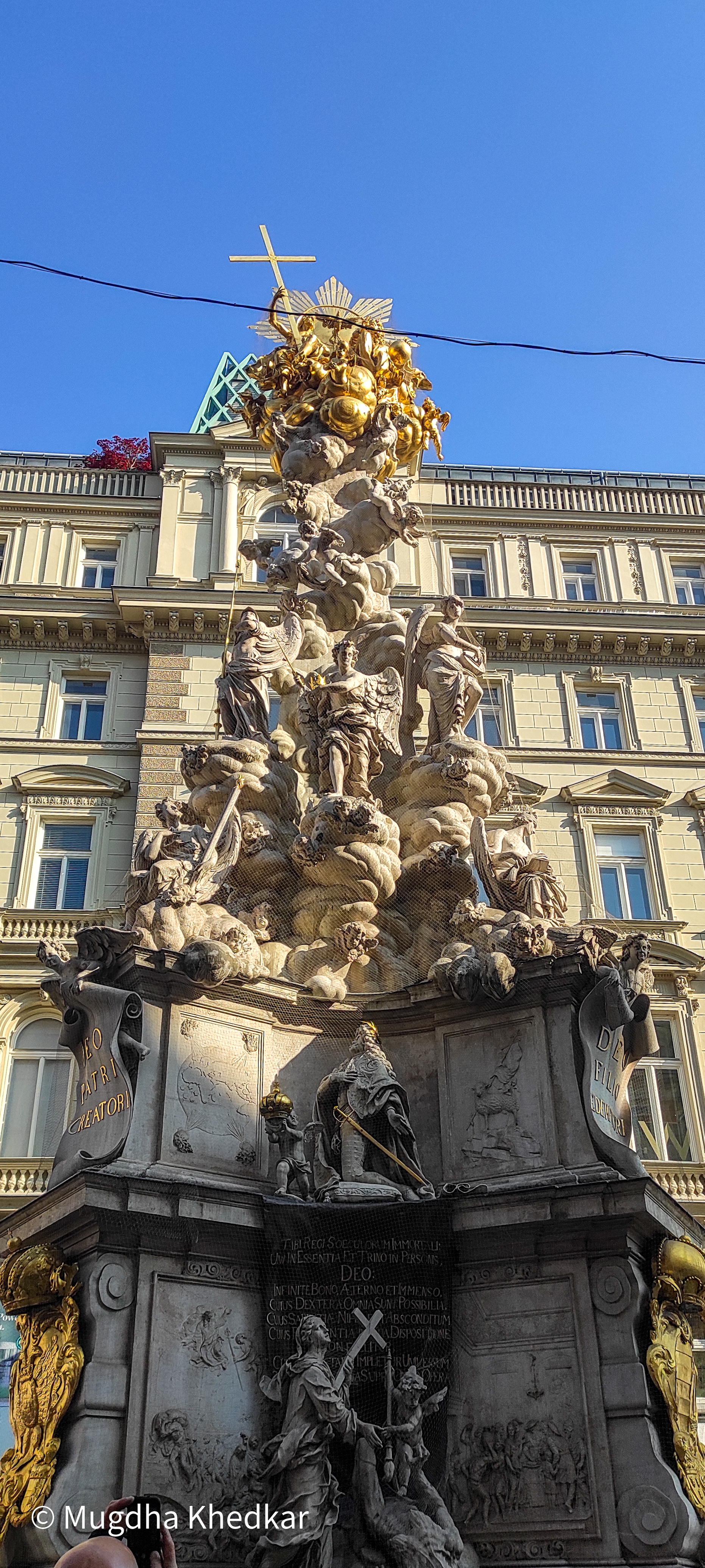
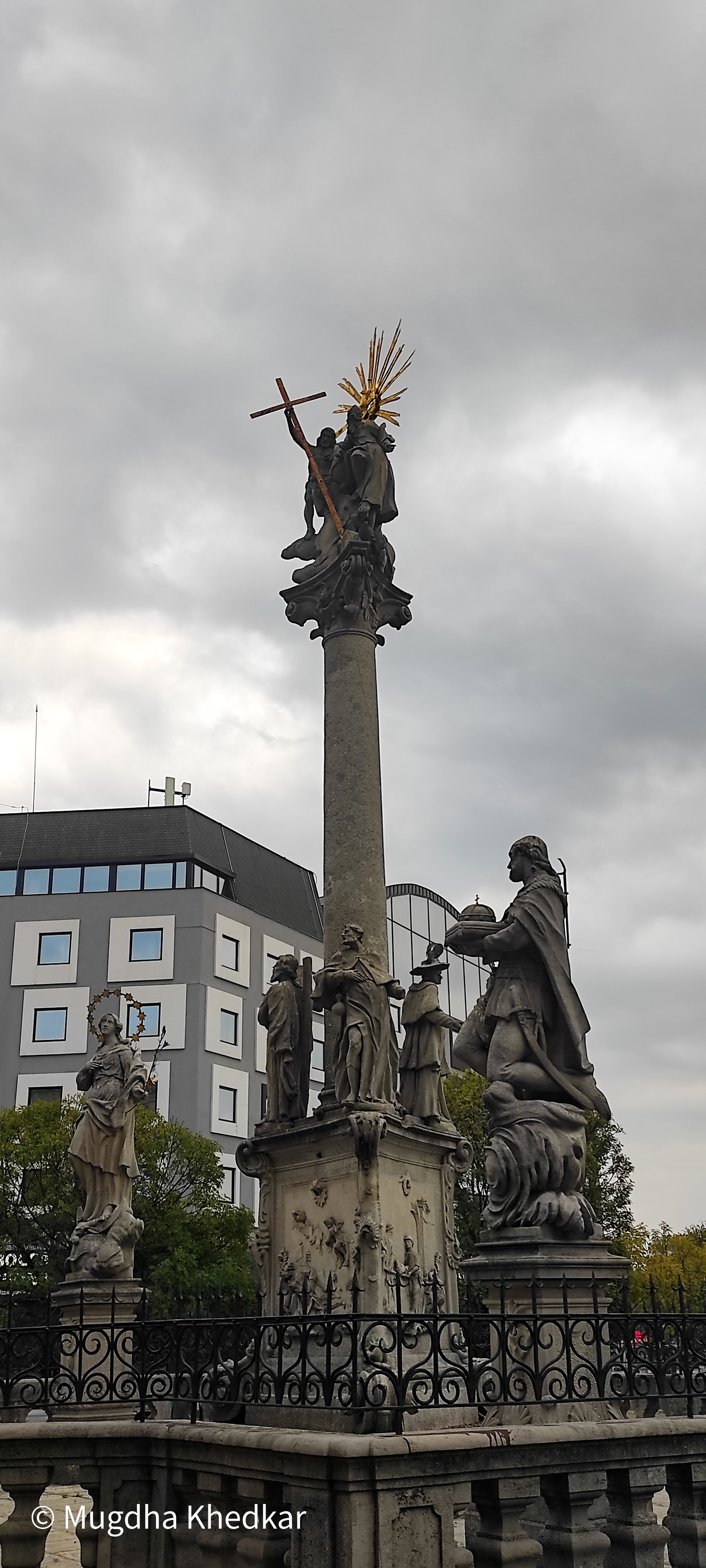
Left to Right: Plague columns at Budapest, Vienna and Bratislava
The most exciting part of the trip was cruising through the Danube river at night. I got to see the Hungarian Parliament, one of the most beautiful Parliaments in the whole world all lit up. It is the tallest building in Budapest situated along the banks of Danube on the Pest side of the city. Sitting on the deck of our boat, sipping Hungarian wine and watching the beautiful city lights along the banks of the river made for an experience I’m always going to cherish.
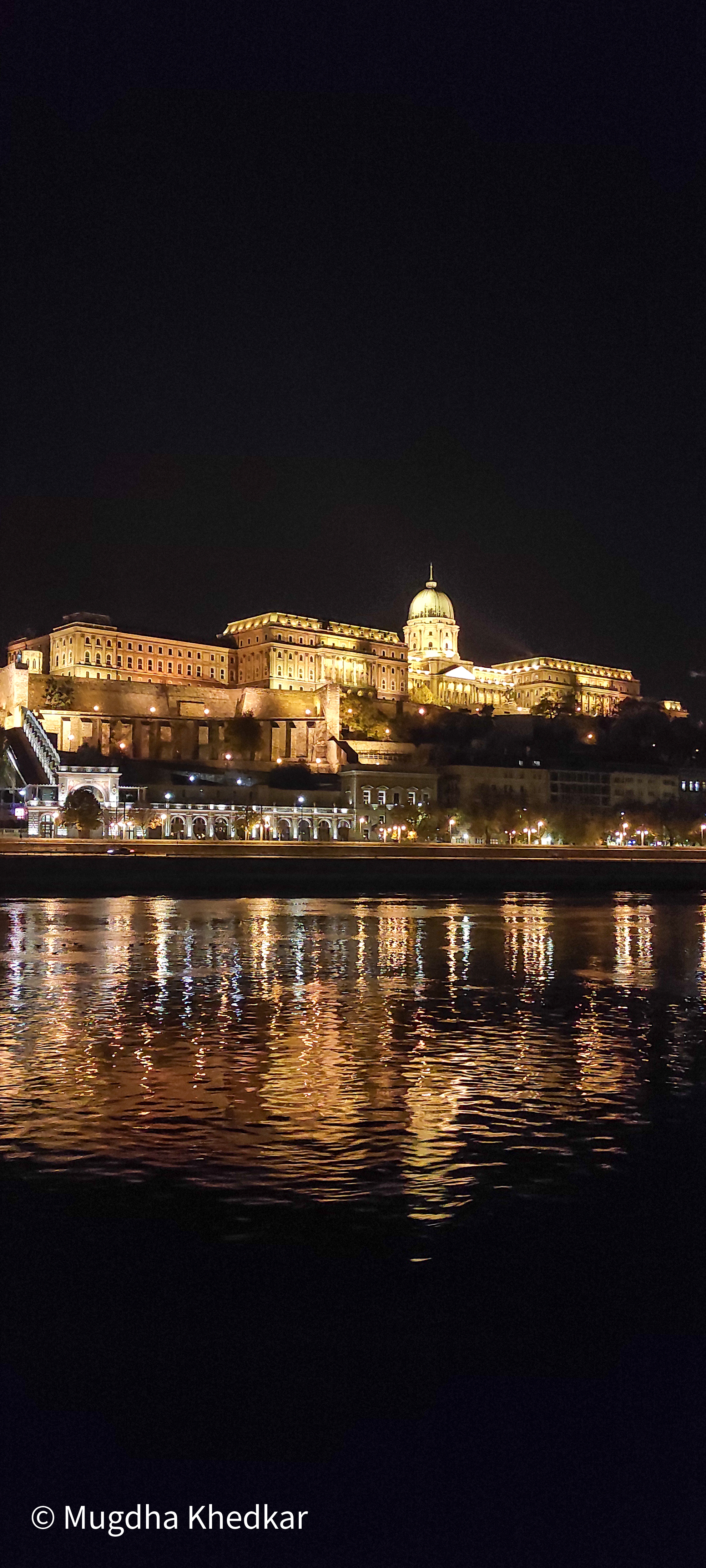
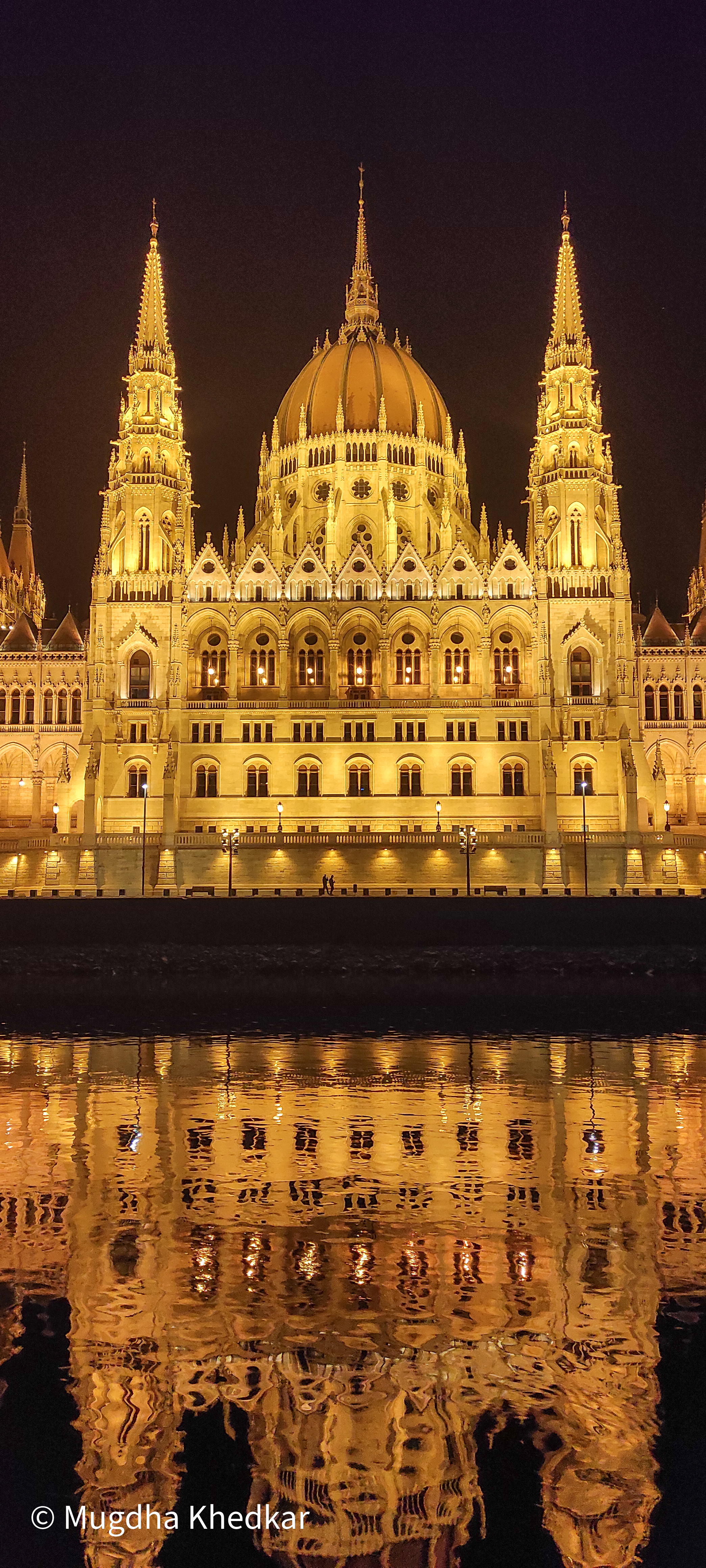
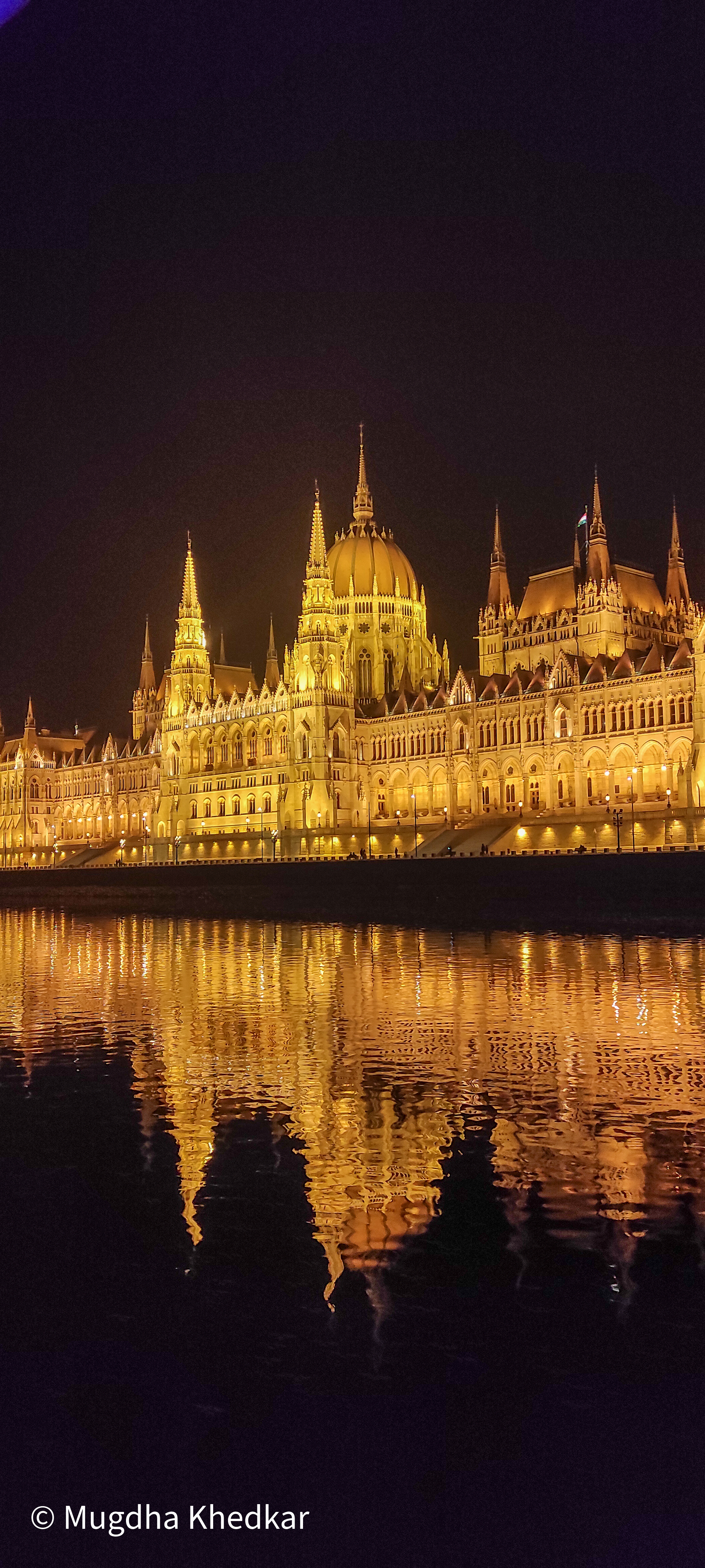
Left to Right: Buda castle and the Hungarian Parliament
I only got a day to explore Budapest but I could pick up the vibe of the city. From historic museums, churches, castles, underground caves, river banks, thermal baths; the city had a lot to offer. Budapest to me seems like an eternal love saga between the historic and hilly landscapes of Buda and the urban plains of Pest strung together by the beautiful Danube river. I would definitely like to visit Budapest again, hopefully for a longer duration!
